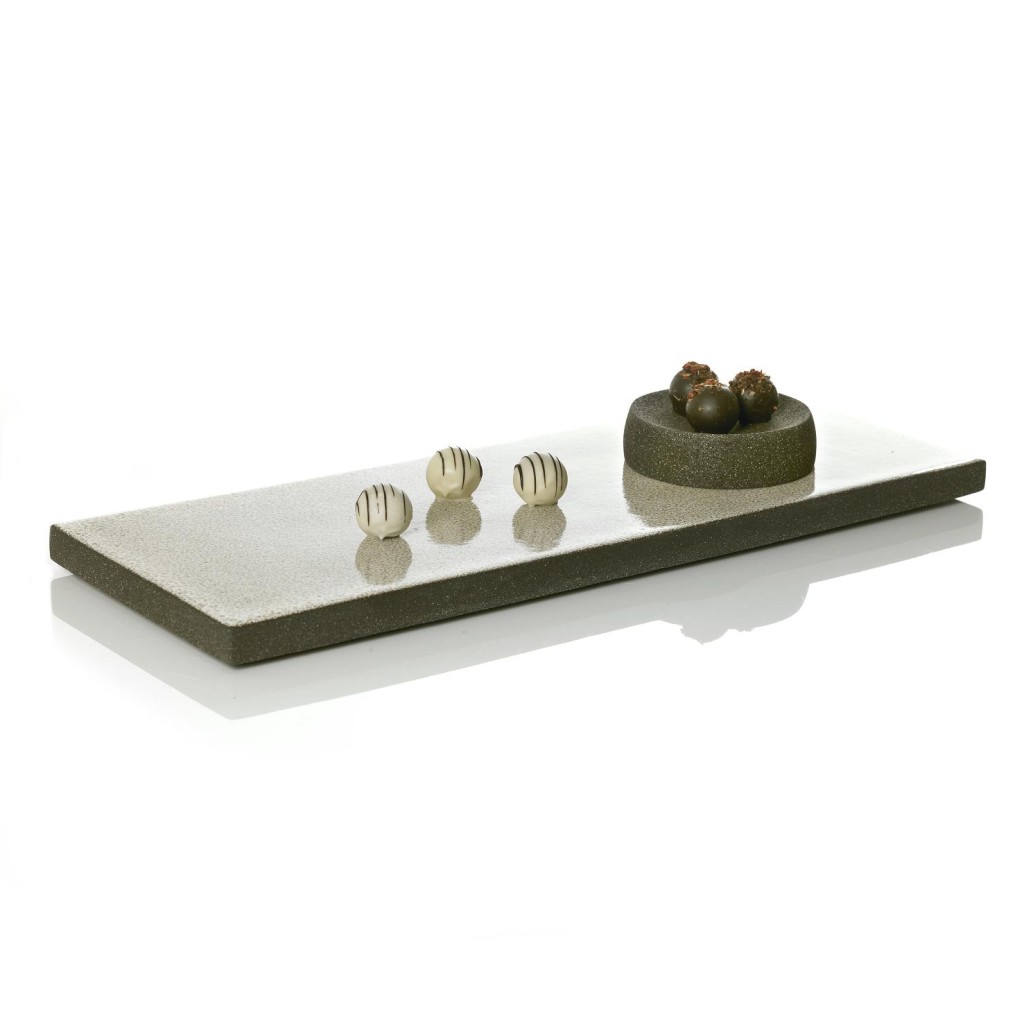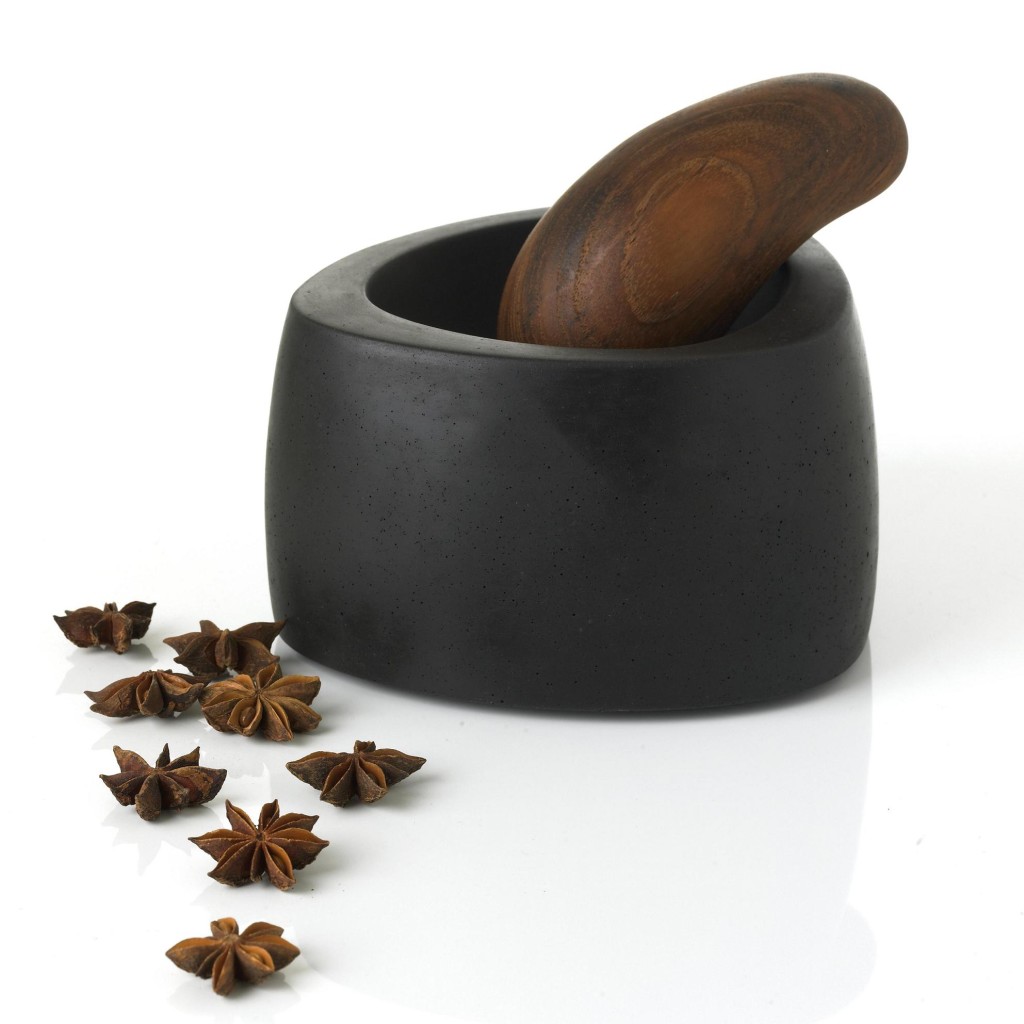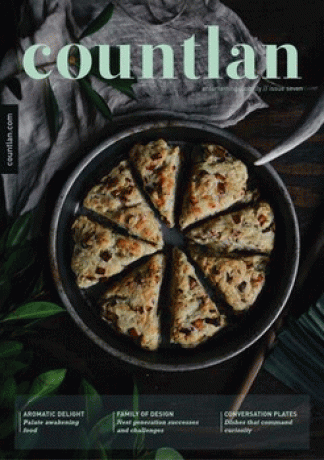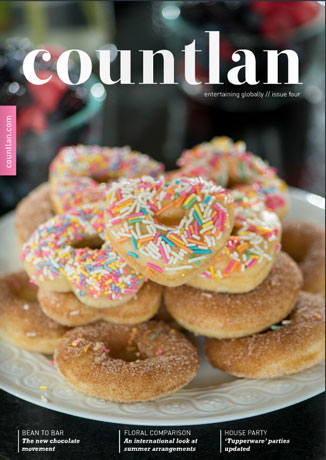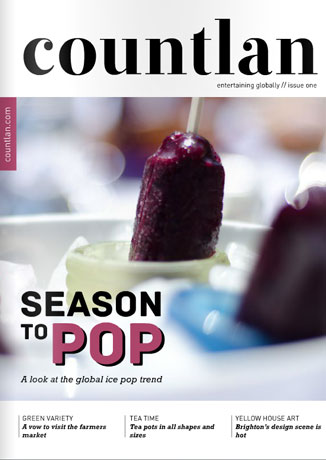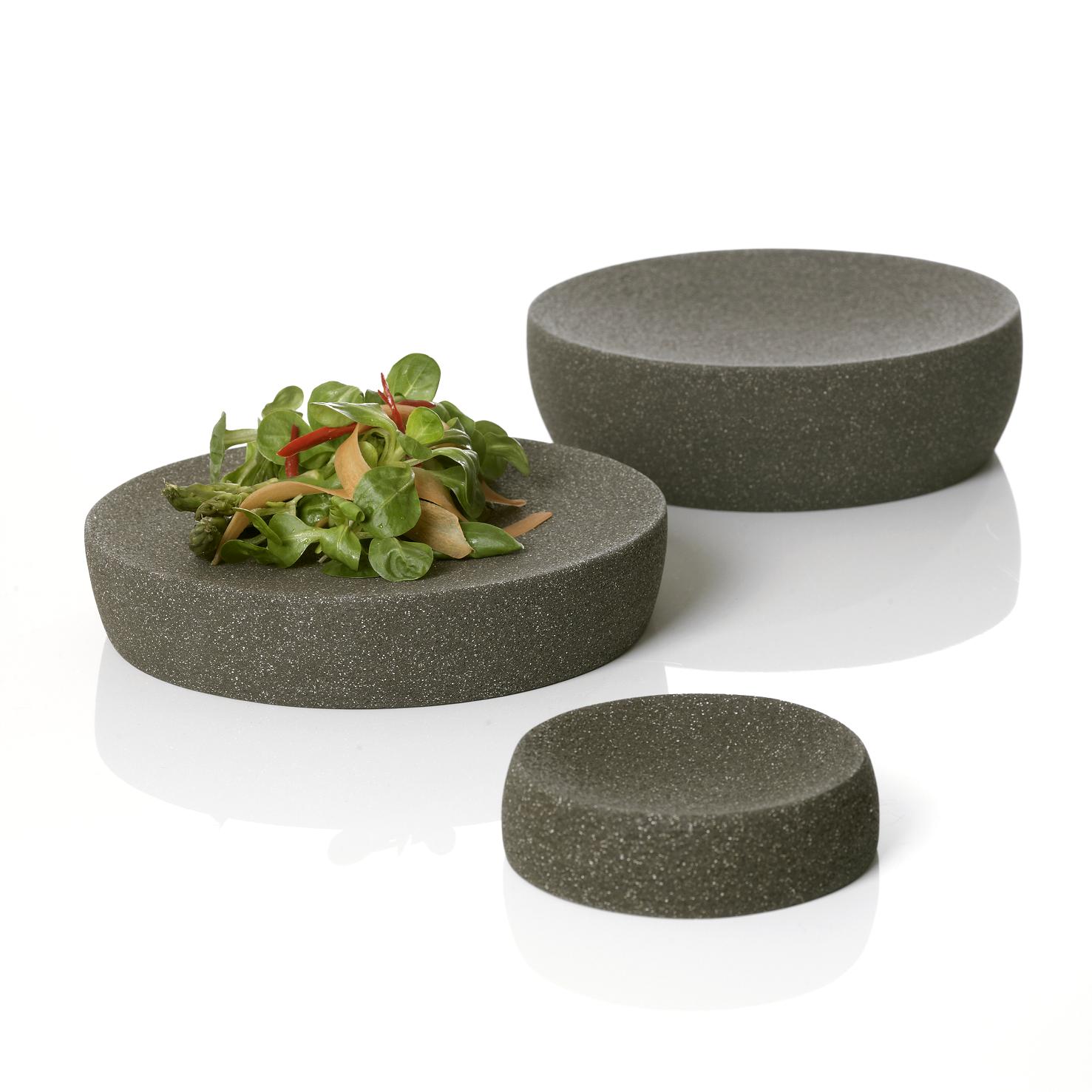
Danish Design and More from Monamore
If the thought of natural materials, minimalist design, and functional items makes you weak in the knees, it’s time to explore how to add some love to your table through Danish design.
Modern Danish design emerged after WW2 in response to pre-war bourgeois ideals that dominated the art and design scenes. Post-war Danish design was grounded in the efficient use of materials, form and function and was guided by a mission to create beautiful things to make life better. Thanks to its simple and natural aesthetic, modern Danish design can be effortlessly incorporated into all kinds of interiors from contemporary or country to traditional or vintage.
Famous Danish Design Companies
Hay: Hay was launched in 2003 with a mission to cultivate the return of Danish furniture design to its height of innovation as seen in the 1950s and 1960s. In addition to furniture, Hay also makes items for the home like oak wooden trays and wool placemats.
Menu: Menu was founded in 1979 by Simon Hansen and creates a wide range of design products for the home. The brand strives to create new combinations in form, function, material and aesthetics across everyday living, dining and outdoor accessories. One of their most popular products is their patented wine decanting pourer which filters, splits and oxygenates wine as you pour.
Royal Copenhagen: The company has been manufacturing porcelain since 1775 and is one of the world’s oldest companies. Its identifiable blue and white designs are made and painted by hand (30 hands actually) and up until 1923, bore a stamp with three waves symbolising Denmark’s straits: the Sound, the Great Belt and the Little Belt. Its most popular patterns include Flora Danica and Blue Fluted.
Stelton: Stelton’s history originates back to the 1960s when two friends, Stellan and Carton, merged their names to create one of Denmark’s best known design brands, Stelton. The company is known for its stainless steel products thanks to its connection with Danish Stainless. One of Stelton’s most recognizable products is its EM77 vacuum jug, which was designed by Erik Magnussen in 1977.
Bodum: Peter Bodum launched Bodum in 1944 in Copenhagen. Bodum is known for its extensive range of glass and ceramic coffee and tea accessories. One of the company’s earlier items that put it on the map was a vacuum coffee maker (syphon) called the Santos (now called PEBO) that Peter designed in the late 1950s. The Santos became an international hit and was known for its unique design.
Normann Copenhagen: Jan Andersen and Poul Madsen joined forces to create the Normann Copenhagen brand in 1999 in Copenhagen. The company is known for its bold design products which are often inspired by trends you seen in the fashion world.
Georg Jensen: Georg Jensen founded the company that carries his name in 1904 in Copenhagen. The brand embraced Art Nouveau, a style that was influential in the art and design world between 1890 and 1910. Georg Jensen’s grounding in Art Nouveau was evident in its use of ornamentation, sensual lines, and nature (flowers and grapes) in the company’s jewellery, tableware, and other home products. Today, the brand pays homage to Art Nouveau and Art Deco styles in addition to Modernism minimalist design.
Together with her partner, Helge Hundhal, Lise Damsager launched tableware brand Monamore in 2011 in Copenhagen, Denmark. Monamore, known for its tabletop items made of concrete, wood and ceramic, continues to gain popularity among a design focused clientele. After graduating from the Danish School of Design in 2002, Lise, a designer and a ceramic artist, crafted all sorts of produts before narrowing her focus to tableware a few years ago. She hasn’t looked back since.
We visited Lise and Helge at their beautiful shop that they share with three other ceramic and glass artists, located in a quiet residential neighbourhood of Copenhagen, not to far from the Rosenborg Palace Garden to talk more about the brand, her designs, and inspiration.
As you can probably tell, we love Danish design and could not resist one of Monamore’s adorable flower vases when we went to visit Lise in her showroom in Copenhagen. Here are five more questions we were dying to ask Lise Damsager of Monamore Design.
INTERVIEW: Lise Damsager, Designer, Monamore Design {Copenhagen}
01 How often do you release new products?
About one time per year. My design process is very slow and I like to have a few, but very refined products. I often experiment with materials, like the concrete, so I also spend lots of time exploring the materials to see if there are new ways to use it.
I take my time in the design process. I have to look at my models and drawings for a while to know if they are “long-lasting” to the eye! The products should not only last for a long time in practical use, but also last long for the eye to look at.
This takes time to create .
02 Where do you derive your inspiration from?
Mainly, I get my inspiration from a personal need. I can see or cook a certain dish and then think, it would look beautiful served in a certain way, on a certain background or texture. Then I start to play with the idea, make some drawings and models. Often, I just do a quick sketch and forget about the idea. Then months later, I remember it and start to make some models and test the product.
The Turn Dish from Crafts Collection came to me this way because I wanted to serve food “on a stage,” so I made this tall “stage-like” dish. Other times I can see a shape that I like, a round stone on the beach or a beautiful building, and want to make something with that shape. I make drawings and play with it until a product comes out of it.
03 Are there any other Danish (or international) brands on the market that you admire?
Mater – I like their statement and approach. For them you can see that design, craftsmanship and ethics goes hand in hand. I like that they manage to make modern minimalist design but don’t compromise with the craft work or materials. They are also socially responsible and create jobs in developing countries and take an environmentally friendly approach. This is inspiring to me and I try to apply some of this in my work too. I think when creating products for modern living, you need to be responsible in this way.
04 What is the story behind the Monamore brand?
The main story behind the company is perseverance!
I traveled a lot and tried many directions. It was not the easiest way to earn a living starting life off as a ceramic artist, but slowly, slowly I built up a brand of tableware and objects for the modern interior. Starting to work with Helge was important for me because it was great to be challenged. I let another person develop “my” brand. It has been a wonderful process to change from being just a “one-woman-show” to being a company.
05 What do people like about Monamore products?
Monamore products are sculptures with a function. I think people sense my products are rooted in craftsmanship, a deep knowledge of materials and the process of making.

Photo Source: Monamore
